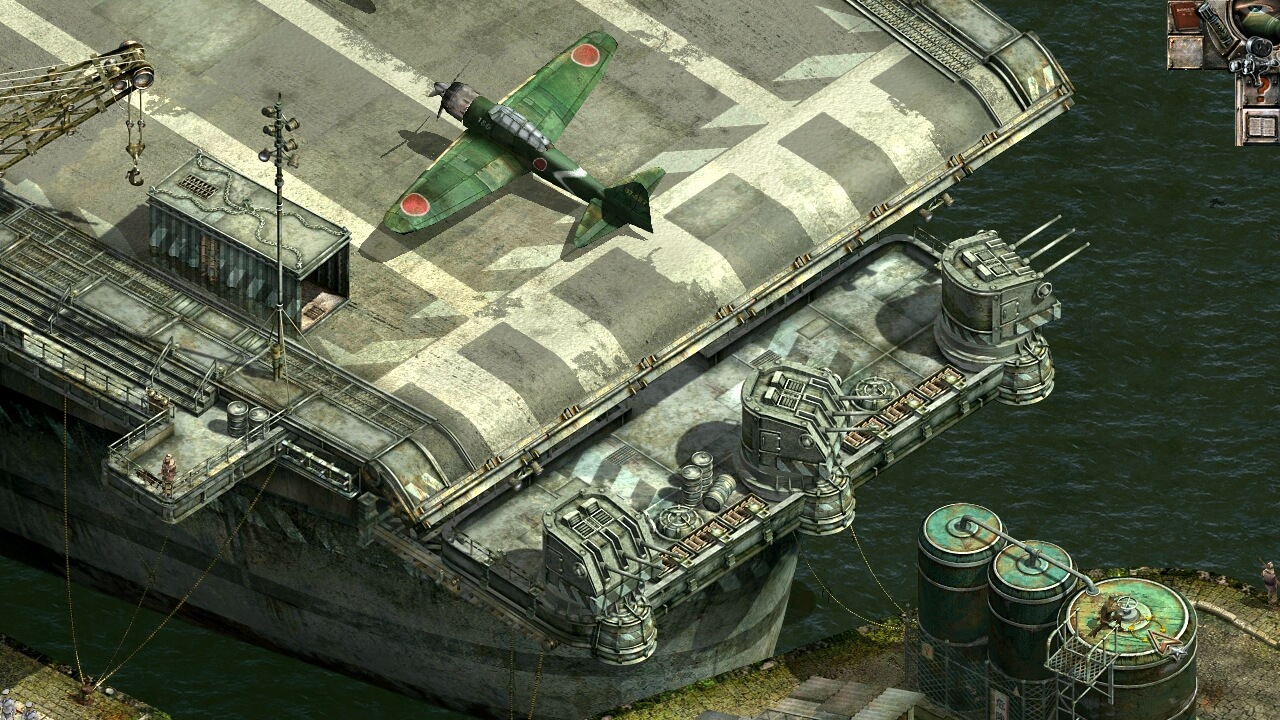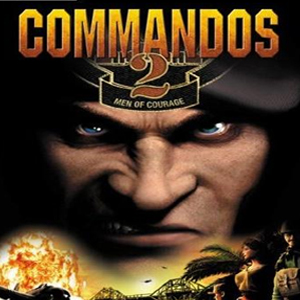

In all, more than 2,500 men and dozens of women received OSS parachute training. It remains undisclosed, but one indication of how many OSS agents may have been infiltrated as spies, saboteurs, guerrilla leaders or clandestine radio operators, is the number who took parachute training, the primary method of infiltration. 3 The number of agents the OSS had behind enemy lines was far smaller. Among the 20,000 OSSers, probably fewer than 7,500 served overseas. infantry divisions, a mere handful among the sixteen million Americans who served in uniform in World War II. It has been estimated that during World War II, the total number of people who served in the OSS probably numbered fewer than 20,000 men and women altogether, less than the size of one of the nearly one hundred U.S. “In no previous war,” he added, “and in no other theater during this war, have Resistance forces been so closely harnessed to the main military effort.I consider that the disruption of enemy rail communications, the harassing of German road moves and the continual and increasing strain placed on the German war economy and internal security services throughout occupied Europe by the organized forces of Resistance, played a very considerable part in our complete and final victory.” 2 Eisenhower, the Supreme Commander of the Allied Expeditionary Force, credited the Special Operations of the American OSS and the British SOE with the very able manner in which the Resistance forces were organized, supplied and directed.


1Īt the end of the war in Europe, General Dwight D. In this unconventional warfare, Donovan believed that “persuasion, penetration and intimidation …are the modern counterparts of sapping and mining in the siege warfare of former days.” His innovative “combined arms” approach sought to integrate espionage, sabotage, guerrilla operations, and demoralizing propaganda to undermine enemy control and weaken the interior lines of communications and supply in enemy’s rear before and during the assault at the front by conventional forces of the Allies. In war it is the results that count, and the saboteurs and guerrilla leaders in Special Operations and the Operational Groups, the spies in Secret Intelligence, and the radio operators in Communications did produce some impressive results.


 0 kommentar(er)
0 kommentar(er)
